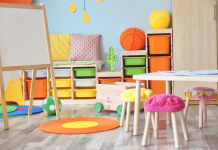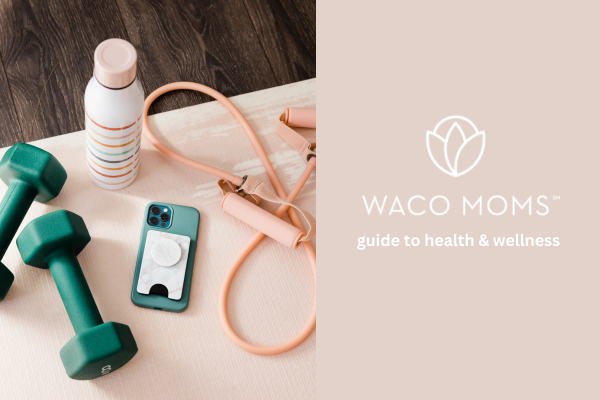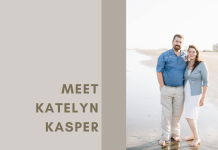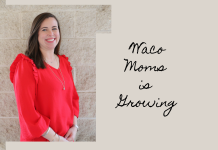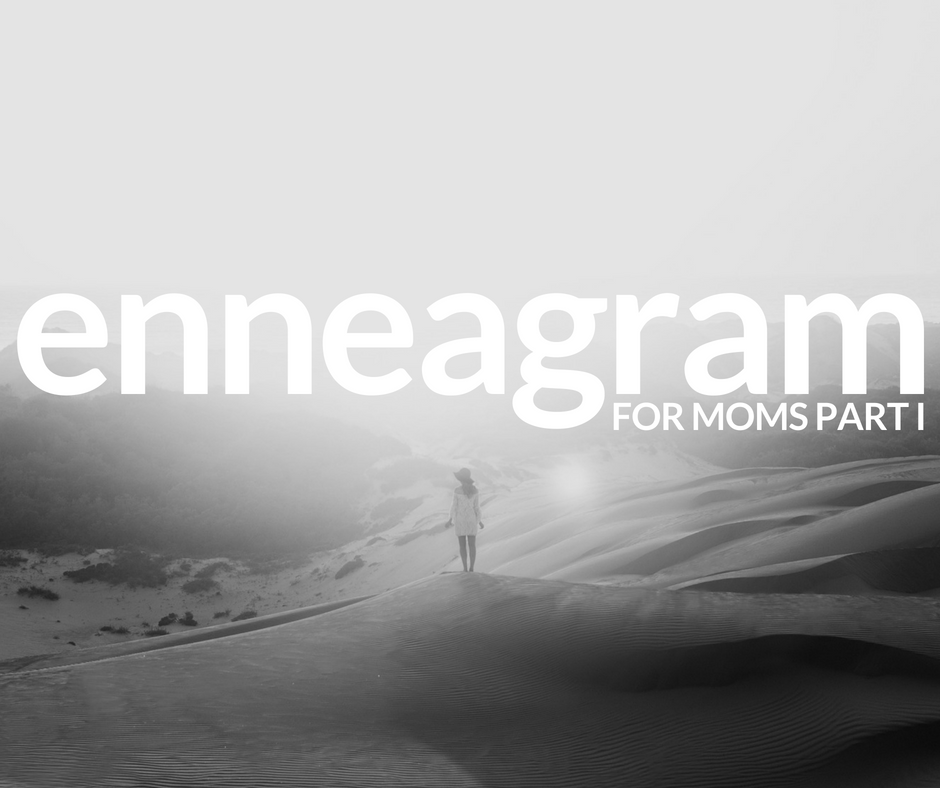
A couple of my real close friends tell me I should become an enneagram coach since it’s worked it’s way into our conversations repeatedly. I love personality talk like Myers-Briggs, DISC and love languages. After all I’m an ENFP and supposedly that type fancies how people function. So I fit the box.
You may have never heard of the enneagram before or you keep hearing about it everywhere as it’s trending right now. It is a typology system which broken apart in Greek means ennea (nine) and grammos (a written symbol) that represents nine unique strategies of relating to self and others in the world. Each of the nine types (I’ll breakdown the types in part II) are represented at each of the nine points on the diagram with interconnected arrows. Furthermore, the arrows point to a number for the specific path towards growth (taking on that numbers positive traits) and stress (taking on the negative traits).
You may find that you see yourself in each of the 9 personality types which is common but one type is your dominant type you were born with. Unlike other personality systems your enneagram type doesn’t change. Not everything about each number will wholly describe you as each of us are at different stages in life, from healthy, average to unhealthy (and your wings, the numbers on either side of your number you take on, which I won’t take the time to get into) makes up your personality. For example I’m a 7 with an 8 wing.
No number is better or worse than any other. You may find that you wish you were a certain number (I desperately wanted to be a 2, the helper) as each number has it’s own distinct strengths and weaknesses.
What sets enneagram apart from say Myers-Briggs is that it identifies each of us with a psychological motivation or a distinct fear we are running away from and basic desire we are striving towards. In other words, we all have a core underlining fear that motivates us in our actions, words and behavior. Somewhat connected to that fear is our core desire that we long for but because we are so often running from our fear we let it steer us in unhealthy coping ways leaving our desires unmet.
Capesh? Just read that last sentence 10 more times 🙂
I see the enneagram as a tool to enhancing our character to truthfully living fully alive; apart from shame, fear or anger. Like a flashlight shining in a room full of cobwebs the enneagram reveals what is there and then it’s up to us to intentionally correct our behavior.
We all have areas in need of growth and digging into your number helps you to begin getting out of of your reflexive mental cycles to bring about positive change. It’s very complex and deep and your knowledge will grow as you experiment using it in your day to day and in your relationships.
It may take you 30 minutes or a year to discover your type. That’s ok. The enneagram is a journey as I’ve found it to be.
For me knowing my type (I’m a 7, the enthusiast) has helped me to see how I run from pain; from the pain of unmet expectations, disappointments in relationships and in plans. As a coping mechanism, 7’s turn from that uncomfortable situation and start planning the next thing or find something more enjoyable to do to distract.
For example, the other evening we went to a birthday party but I had to leave early because my baby was sick while my husband and other children got to stay. First thing I did when I got home was find a movie to watch. I hated leaving the party for FOMO, so I was going to have my own fun too. There were also a few other relational things about that evening that were frustrating me and a movie was the perfect thing to block that out!
While that isn’t bad in and of it’s self but I knew what I was doing. I knew I was bummed I missed out on fun and that some people were bothering me.
7’s can feel restless and indecisive when not doing so well and that was me one Sunday morning. My husband and oldest son went to church and I stayed home (with another sick child) and was excited to finally get some stuff done. But I wasn’t completely alone. I still had my baby and sick child to care for. I was so scattered and frustrated that I wasn’t getting my stuff done on account of caring for kids in between. I was a hot mess mentally!
I became hyperactive and very distracted. In the end I only got lunch made and tended to children. It was very frustrating and I didn’t know what was going on. I couldn’t make any decisions. What that mama needed was to see reality as it was. It was not a time-off moment. I was still needed to be a mom that morning and plan to get personal work done later.
At first I hated learning my type and went through a season being repulsed with me. What I liked about myself, being spontaneous and adventurous was now exposing how it can also be ugly. It exposed how it’s not always healthy.
But God kept working on me. Eventually I discovered the book, The Sacred Ennneagrm, by Christopher Heurtez, and began to see how through awareness and repentance (when unhealthy) and acceptance and the adherence to change that it’s ok to be me.
Before knowing my type I was good at distracting the conversation when things got hard or uncomfortable conflict came up. I was good at changing the subject to something else that popped into my mind. I’m also good at negating hard situations with my kids by distracting with something funny or a new game. Sometimes all this is ok but I’ve learned to be aware of when it’s not and I need to address the hard things.
Learning to sit with hard and disappointing stuff while forcing myself to not plan ahead or move towards something more ‘fun’ has taken more effort then any other number would ever know. Yes, it’s hard and sometimes boring (as in my mind wonders too easily) but, also doable.
The other thing about the enneagram is that it’s a life long journey. It’s a daily journey. Life is a cycle of awareness, apology (situation specific of course), restoration and growth and then starts all over again. Personal growth is never easy but it can get easier.
A healthy you is a true gift to the people and loved ones around you. Discovering our number exposes the ugly truth of our coping mechanisms and helps us practice being more present and more intentional.
In Part II I describe the types and what each mama looks like and needs to be aware of in her parenting.


